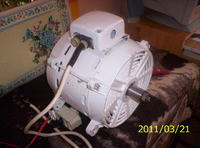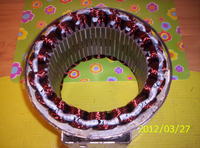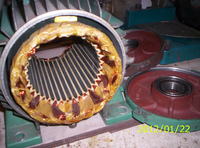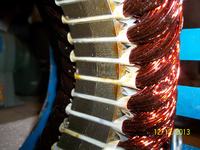JESIOTR1 wrote:
There are many motors with small rpm - it's not worth modifying them - it's enough to make an additional rotor with neodymium.
The synchronous generator (after replacing the rotor) will have more than 3 times the power of the asynchronous generator with a full-time rotor).
Sculpting rotors for neodymium is harmful - just stick it well.
I already have my eyes on matches and I agree with you that in this case, it is probably the most optimal solution.
Details remain: 1. Hardly anyone returns and it does not mention that the shape of the magnets should match the internal shape of the coil - unless I am wrong about this.
2. I haven't seen the photo or article, where someone would use magnets with an oval surface and thus obtain smaller distances between the coil and the magnet itself:
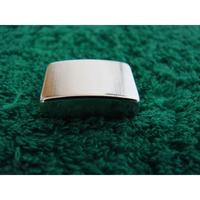
Such information is provided, for example, by the creator of the generator from the university of technology - probably in Lublin. I'll post it when I find the PDF spec sheet. Anyway, it looks very professional like this:
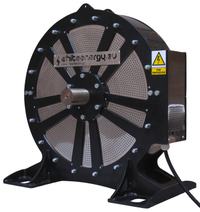
He wrote that the most optimal solution is the shortest possible distance between the coils and the magnets. These generators come in two versions, 1.5 kW and approx. 10 kW. I may have gotten a little confused about the exact values, but overall I gave the correct values.
Returning to the issue of the internal shape of the coil, it seems to me that the magnet should be at least as large as the internal dimension of the coil. Such a solution allows for easier excitation of electron motion.
3. Technical issues for general magnet attachment.
I was thinking about the possibility of, for example, welding magnets - although it is known that this will not work, but, for example, gluing them to the rotor and putting a thin sheet metal cylinder on the rotor - it could be heated to expand it.
I would just like to protect the magnets from crumbling, as you can see in your photo.
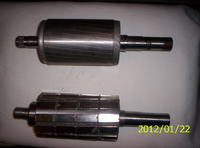
In general, I'm just trying to get the maximum possible distance and at the same time make a durable rotor.
4. I forgot yet write about one thing. Namely, it's about the mostoptimal distances "
side " between the magnets glued to the rotor. Considering
pt. 1 , it seems to me that by placing them more densely, e.g. with a 5 mm gap, greater efficiency of such a generator will be obtained.
I deliberately avoid references to formulas, conversions and calculations in order to focus more on general and basic issues.
Once I've sorted it out, these elementary issues, then I'll delve into the details - though without exaggeration




